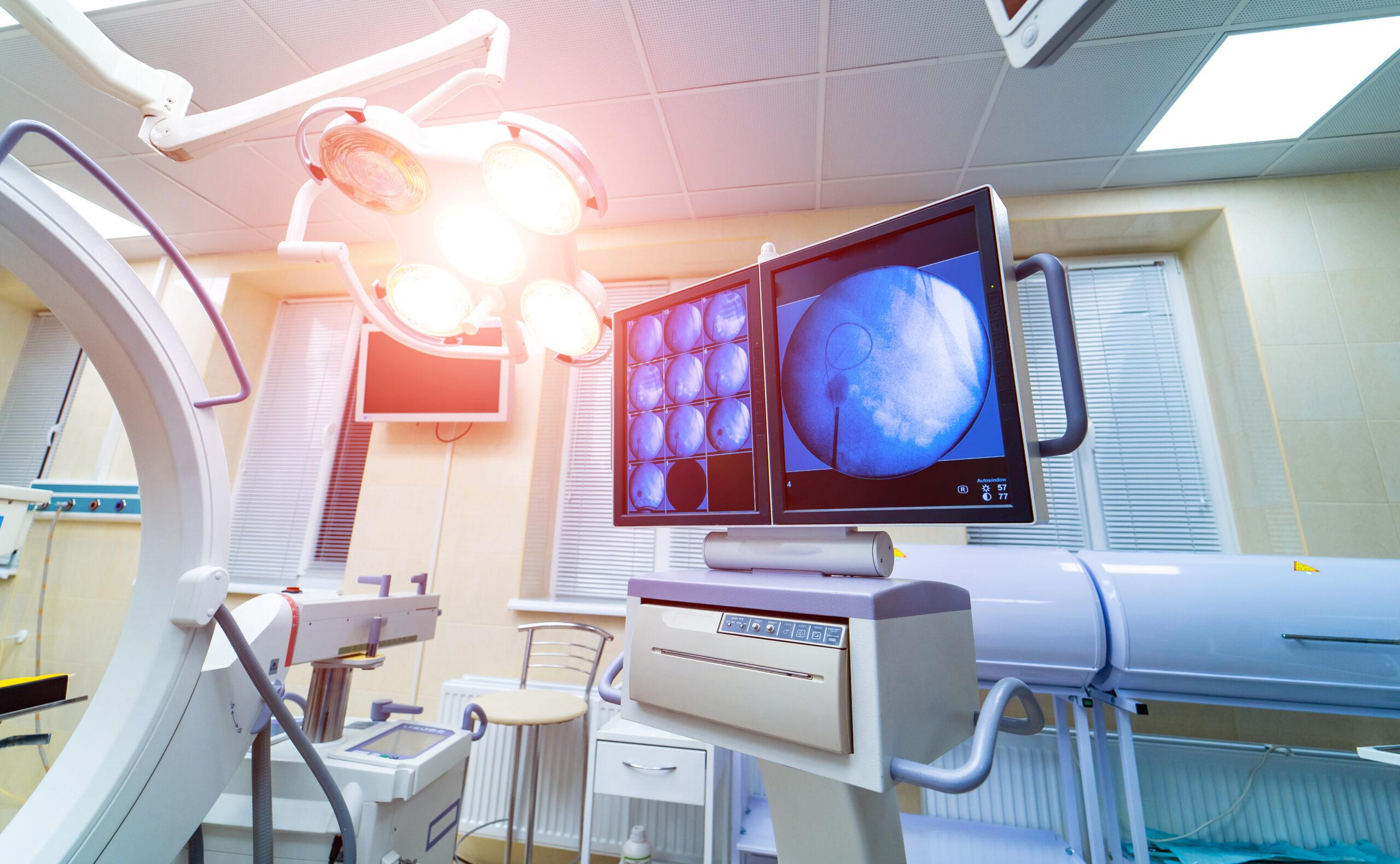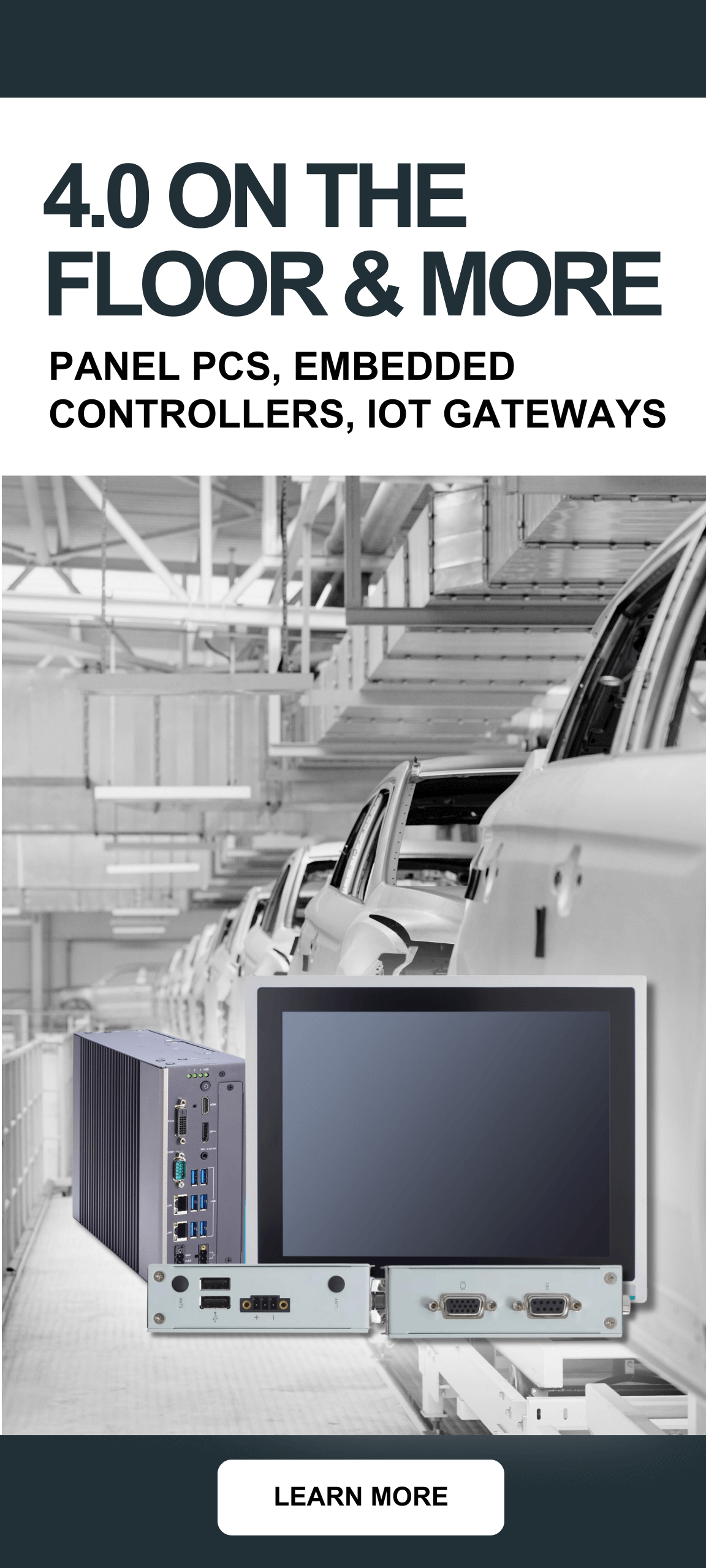
How BOM Freezes Fit into Long-Term Lifecycle Management Strategy for Medical Device Applications
Blog
A bill of materials (BOM) freeze, also known as a BOM lock or BOM lockdown, is just that: no changes to the system’s critical components once the design is finalized. Depending on the device, a freeze covers the motherboard, CPU, storage/SSD, RAM, expansion cards, and even custom BIOSes. On the component level, this involves monitoring manufacturers to ensure they’re not changing elements like chipsets or firmware without notice
In medical device design, a freeze usually happens after a preproduction run, about 2 to 3 years into the development process, and holds through the product lifecycle, spanning 5 to 15 years. Freezing the BOM encourages rationalized and controlled changes. This strategy helps engineering teams maintain regulatory compliance, minimize cost variances, and decrease time to market in between development cycles.
Supply Chain Stability, Traceability, and Revision Control
A frozen BOM helps to ensure that vendors are reliably providing the same approved components to avoid unexpected changes, shortages, and regulatory violations. Each shipment should be sent with a serial sheet that includes all components and serial numbers, so you know you’re getting what you were promised. This is critical for traceability, a key component of compliance that ensures supply chain accountability. Your lifecycle management partner should also maintain detailed BOM and revision control records to support regulatory submissions and increase redundancy in the event of discontinuity, which is expected in normal business operations.
By monitoring product availability, your lifecycle management partner should be able to provide sufficient notice (i.e., 6 months to 1 year) when products reach end of life (EOL). This timeline accommodates last time buys (LTBs) and reselections or redesigns. In medical and automotive applications, it’s common to second-source individual components, so alternate parts are frozen into the BOM early on. Taking this action ensures immediate implementation and lessens the possibility of price hikes associated with last-minute sourcing or reselections.
Cost Management
Altering a BOM after it’s frozen can lead to costly and time-consuming testing, additional regulatory submissions, and even manufacturing process changes. For example, when looking to value engineer a 20 percent reduction in device price, engineers tend to explore consumer-grade components for medical-grade applications. While they present up-front cost reduction opportunities, they have a much shorter product lifecycle of 18 months, rather than 5+ years. Investing in industrial-grade products and components from the start prevents expensive changes later.
That said, there are situations where consumer-grade components present the best design option, so working with a flexible partner is key. For example, if a medical imaging company decides an organic light emitting diode (OLED) cellphone display offers the right combination of small form factor and high resolution for their device, they must contend with a 12- to 18-month lifecycle. To manage and maintain the BOM lockdown, their lifecycle management partner should purchase enough screens to maintain the lockdown for at least 1 year. In medical device design, this approach is also common with GPUs, expansion cards, and consumer-grade monitors.
Be advised that there are times when a system is certified as a sum of its parts and doesn’t require each component to be medically certified. This is more common when a component is deemed low risk and is not required to go through regulatory review on an individual basis. Board-level components are more likely to require regulatory amendment approval.
The cost benefits of a frozen BOM extend to service too. You deploy devices in many different locations and, potentially, different application areas—all of which need to be serviced. With a single, frozen BOM, replacement parts are easier to stock and repair instructions are more straightforward to write and follow.
New Era Electronics Optimizes Lifecycles with BOM Freezing and Long-Life Solutions
More manufacturers and service providers are aware of the necessity of BOM freezing and want medical device manufacturers to maintain the benefits of this strategy while leveraging the features of consumer-grade components and standard systems. For example, PNY’s Long-Life Program (LLP) extends the lifespan of specific NVIDIA RTX products for mission-critical applications to approximately 8 years. This includes medical devices like ultrasound imaging technologies. Companies like Microsoft are releasing longer lifecycle OS options, like Windows 11 IOT Enterprise LTSC, that can be locked down for medical device applications too.
With over 2 decades of experience in long-lifecycle subassembly management, New Era Electronics has the expertise to coordinate hardware and supply chain for you, so you can focus your time and development resources on medical device innovation and customer satisfaction. With experience consulting on BOM freezes and managing their implementation, we have what you need, when you need it, without outrageous price increases.
For details on our services, review our Long Lifecycle Management page.




